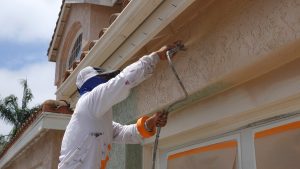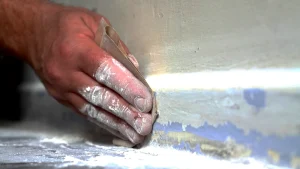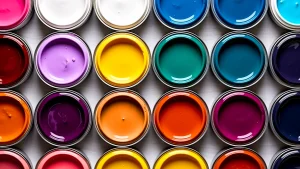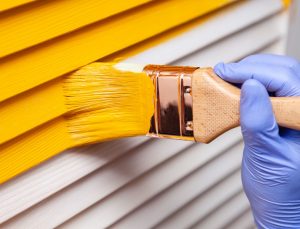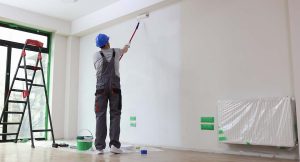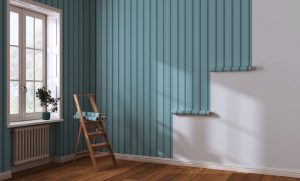Preparing surfaces before painting is a crucial step to ensure a smooth and long-lasting finish. Proper preparation can make the difference between a professional-looking job and a sloppy one. Here’s a comprehensive guide to help you prepare various surfaces for painting effectively.
1. Assess the Surface
Before starting any preparation, assess the condition of the surface you plan to paint. Look for any signs of damage, such as cracks, peeling paint, or mould. Identifying these issues early will help you determine the necessary steps to address them.
2. Clean the Surface
Cleaning the surface is essential to remove any dirt, grease, or dust that can prevent paint from adhering properly. Use appropriate cleaning solutions for different surfaces:
- Walls and Ceilings: Use a mild detergent solution and a sponge to clean the surface. For greasy areas, such as kitchens, a degreaser may be necessary.
- Wood: Use a wood cleaner to remove grime and oils. Rinse with clean water and let it dry thoroughly.
- Metal: Use a solvent like mineral spirits to remove any oil or grease. For rust, use a wire brush or sandpaper to remove it before cleaning.
3. Repair Surface Imperfections
After cleaning, inspect the surface for any imperfections that need repair:
- Filling Cracks and Holes: Use a suitable filler to patch up any cracks or holes. For walls, a spackling compound works well, while for wood, use a wood filler. Apply the filler with a putty knife and smooth it out. Allow it to dry completely before sanding.
- Sanding: Sanding is crucial to smooth out filled areas and rough surfaces. Use fine-grit sandpaper for walls and medium-grit for wood. Sand in a circular motion for an even finish. Always wear a dust mask to avoid inhaling dust particles.
- Priming: Priming is essential for creating a uniform surface and improving paint adhesion. Choose a primer suitable for the surface you are painting. For example, use a stain-blocking primer for walls with stains or an oil-based primer for bare wood.
4. Addressing Specific Surface Types
Different surfaces require specific preparation methods:
- New Drywall: New drywall should be sanded lightly to remove any rough spots. Apply a drywall primer to seal the surface before painting.
- Previously Painted Surfaces: If the existing paint is in good condition, lightly sand the surface to create a rough texture for the new paint to adhere to. If the paint is peeling or flaking, it must be removed entirely.
- Bare Wood: Sand the wood to remove any rough patches and open the grain. Apply a wood primer to seal the surface and prevent the paint from being absorbed unevenly.
- Metal Surfaces: Clean thoroughly to remove any rust, then apply a metal primer to prevent future rusting and ensure proper paint adhesion.
5. Masking and Protecting
Before you start painting, protect areas that you don’t want to be painted:
- Masking Tape: Use high-quality painter’s tape to mask off edges, trim, and other areas that need to stay paint-free. Press the tape down firmly to prevent paint from seeping underneath.
- Drop Cloths: Cover floors and furniture with drop cloths to protect them from paint splatters. Plastic sheets or canvas drop cloths work well.
6. Final Inspection
Once all the preparation steps are completed, inspect the surface again to ensure it is clean, smooth, and free from any imperfections. Address any issues you might have missed before starting the painting process.
7. Tools and Materials Checklist
Having the right tools and materials is essential for efficient surface preparation:
- Mild detergent and sponge
- Degreaser (if needed)
- Wood cleaner
- Mineral spirits (for metal)
- Spackling compound or wood filler
- Putty knife
- Sandpaper (various grits)
- Primer (appropriate for the surface)
- Painter’s tape
- Drop cloths
- Dust mask
Conclusion
Properly preparing surfaces for painting can significantly impact the quality and durability of the finished job. Taking the time to clean, repair, and prime surfaces ensures that the paint adheres well and looks great for years to come. By following these steps, you’ll achieve a professional-quality paint job that enhances the appearance of any room.

